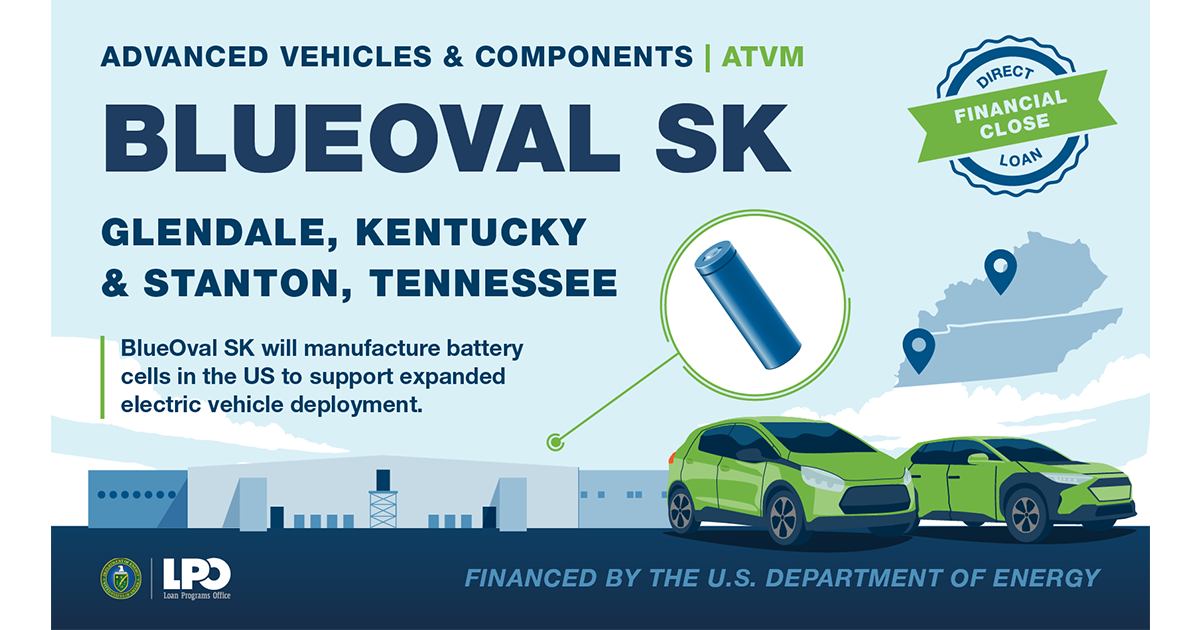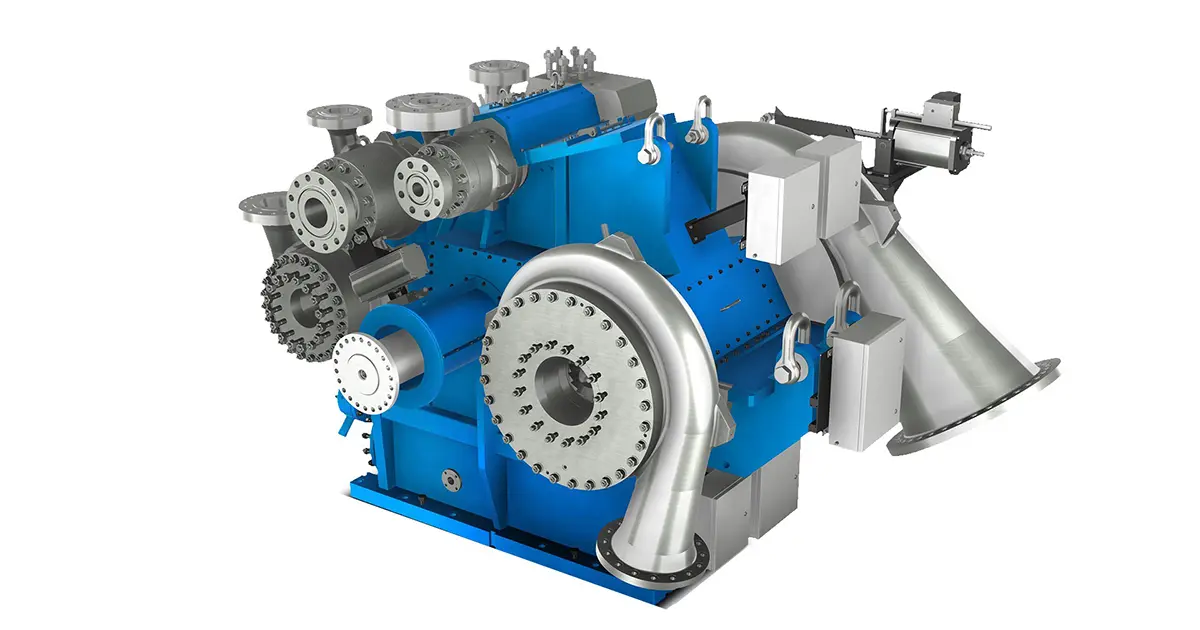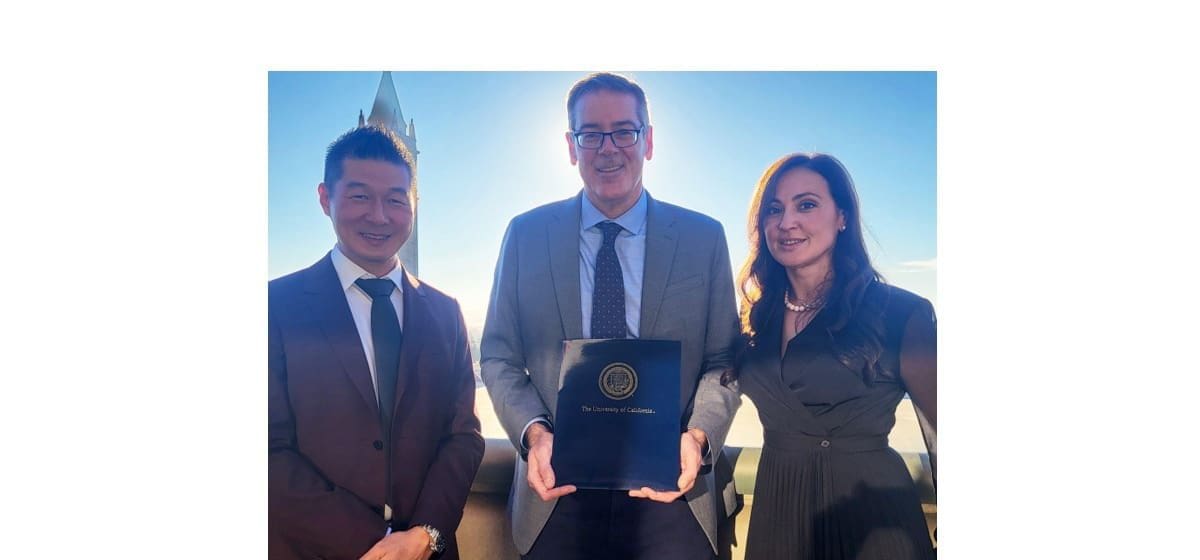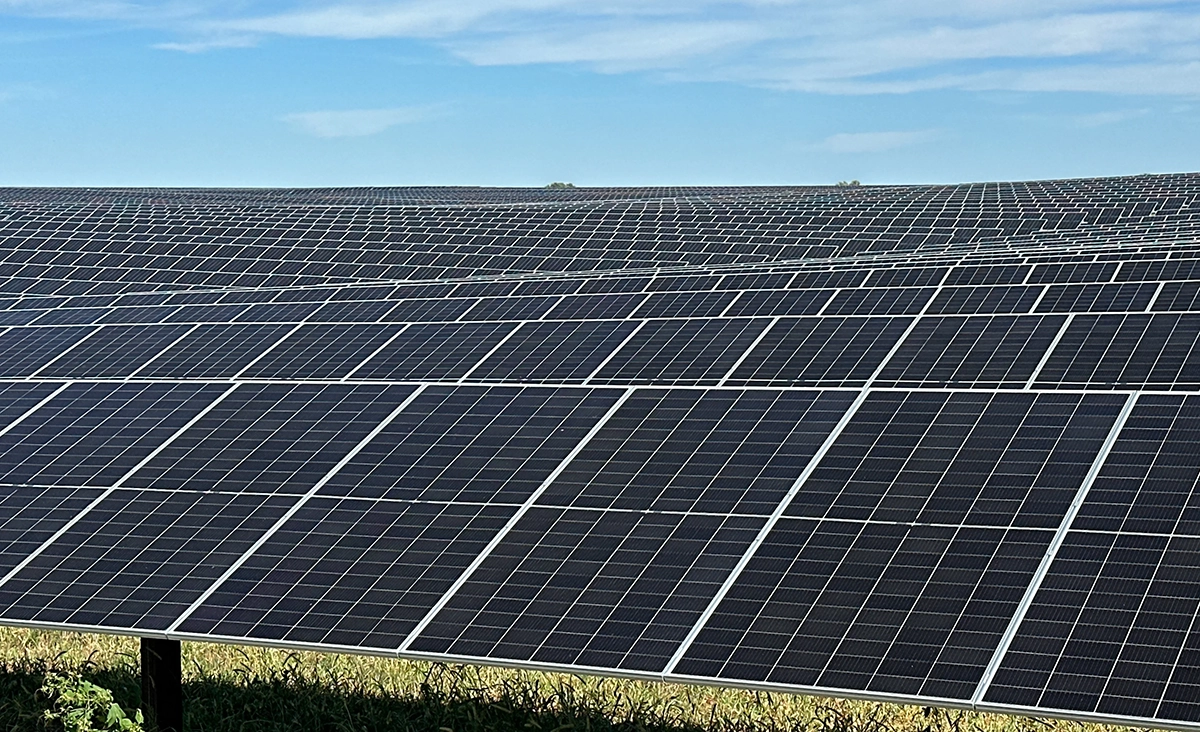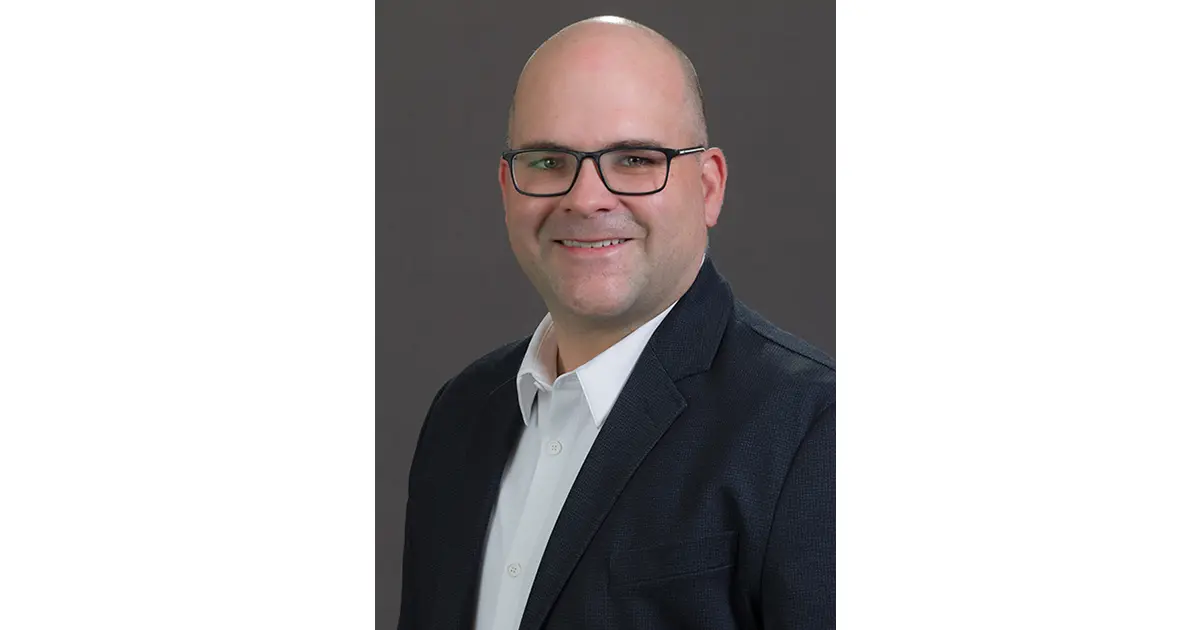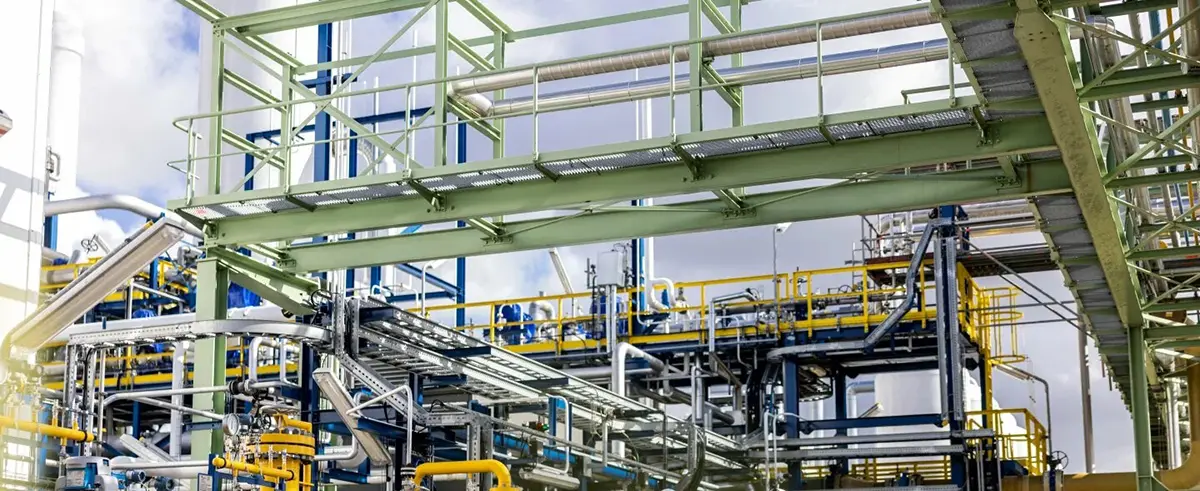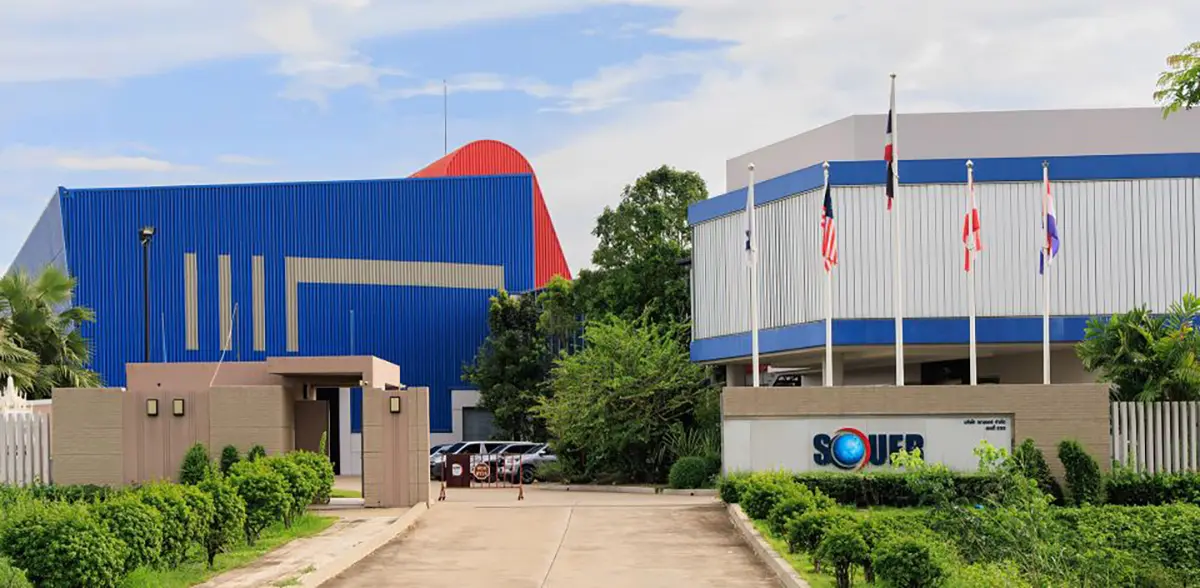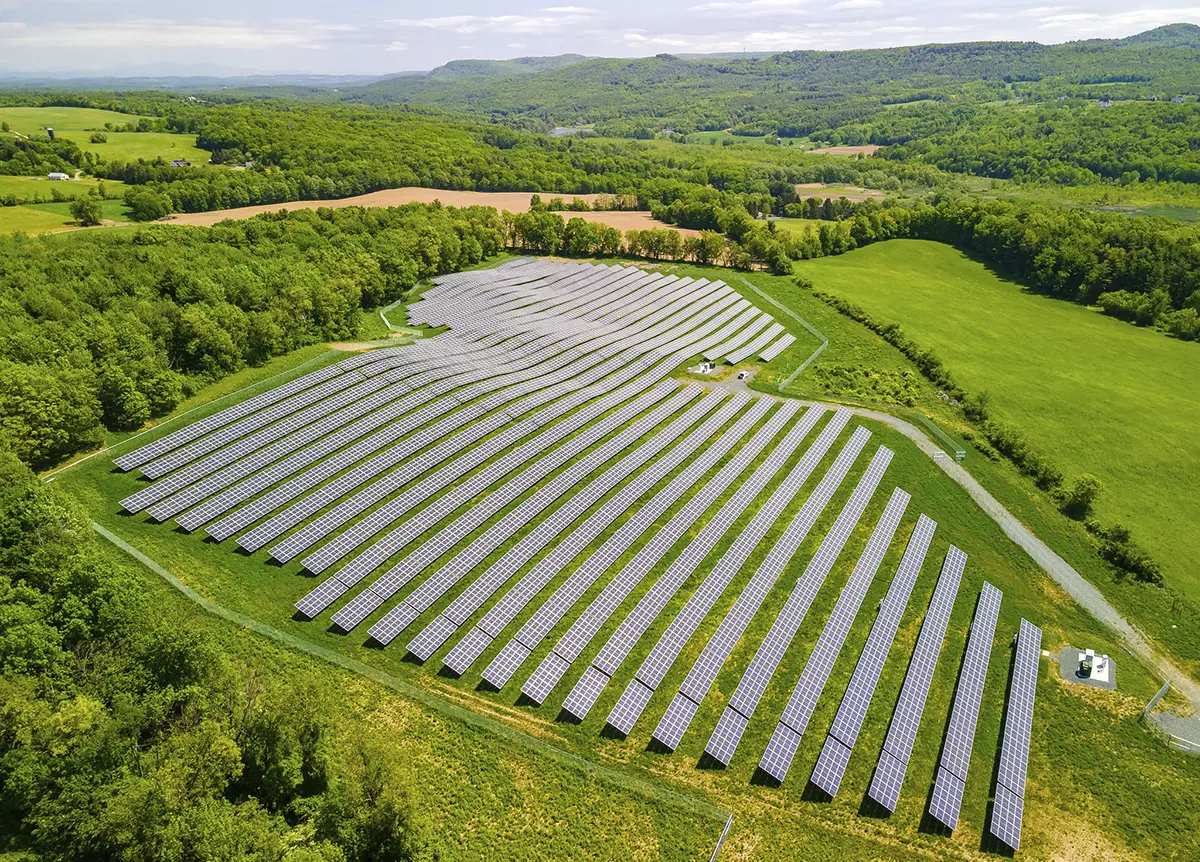
SoutH2 Corridor Gains Momentum
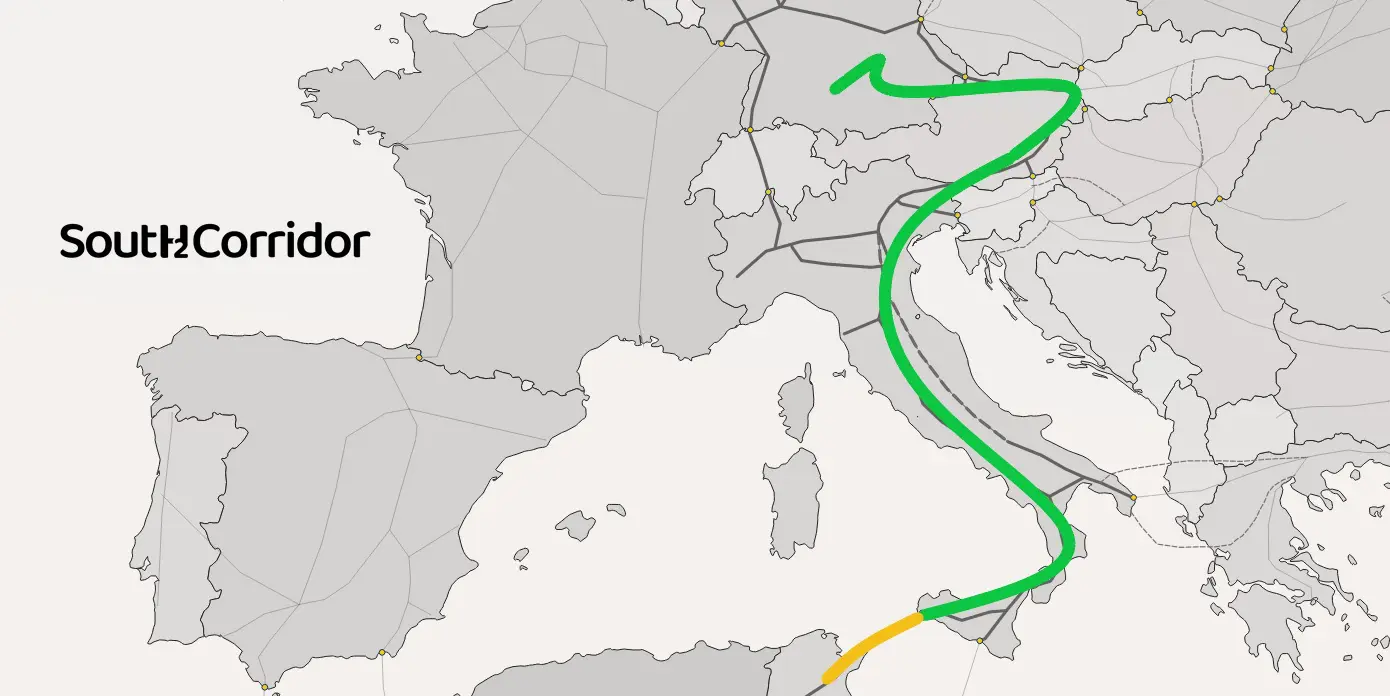
Representatives from Germany, Austria, and Italy met in Brussels and signed a joint declaration of intent for the development of the SoutH2 Corridor, a proposed 2051-mile (3300-km) hydrogen infrastructure network passing through the three countries and under the Strait of Sicily into Tunisia.
State Secretary Sven Giegold signed on behalf of the Federal Republic of Germany. The SoutH2 Corridor has already been chosen as a Project of Common Interest. The Federal Ministry for Economic Affairs and Climate Action noted that the project is particularly important for the economic output of the southern portion of Germany and is one of the five corridors the Ministry is currently focused on (see “Fahrenheit 2.7: Germany Doubles 2030 Green Hydrogen Production Target,” Q4 2023 ESG Review, p. 2).
“The SoutH2 Corridor will play in important role, especially when it comes to providing green hydrogen to our southern Länder,” said Germany’s Federal Minister for Economic Affairs and Climate Action Robert Habeck. “Developing a cross-border European hydrogen market will help to accelerate the energy transition and in particular to decarbonize sectors where it is difficult to cut carbon dioxide emissions. Creating a well-functioning cross-border hydrogen pipeline infrastructure is an important step toward creating a fully interlinked European hydrogen network, which would be an important contribution to the energy security in Germany.”
The trilateral partnership aims at improving the level of energy security for the most important industrial demand clusters of the participating countries and helping the European Union hit its climate targets. A trilateral working group was created to bring together the relevant stakeholders, including transmission system operators, national regulatory authorities, financial authorities, and potential buyers and producers of hydrogen.
The joint declaration of intent recognizes the need for a European transition to hydrogen technologies to decarbonize sectors where it is difficult to reduce carbon dioxide. It also acknowledges the importance of the SoutH2 Corridor as being one of the five large-scale pipelines for hydrogen imports that will facilitate the import of 11.02 million tons (10 million tonnes) of renewable hydrogen by 2030. Developing the hydrogen import corridor will be a cornerstone of Europe’s green energy landscape. If executed on time and on budget, it could pave the way for a cleaner and more secure future in the energy sector.

Building The European Hydrogen Backbone
The SoutH2 Corridor will facilitate the import of hydrogen from North Africa, into southern Italy, and onto the rest of Italy, Austria, and southern Germany. The development of the SoutH2 Corridor is part of the European Hydrogen Backbone, which consists of 33 energy infrastructure operators spanning more than 20 European countries. SoutH2 Corridor runs through the heart of the European Hydrogen Backbone and will make the overall hydrogen supply chain more secure, interconnected, and diversified. With a hydrogen import capacity of 4 MTPA from North Africa, the corridor could deliver more than 40% of the REPowerEU import target. Launched in 2022, the REPowerEU target aims for 10 million tonnes of domestic renewable hydrogen production and 10 million tonnes of hydrogen imports by 2030 to help Europe hit its climate targets and reduce the continent’s dependence on natural gas imports.
The SoutH2 Corridor initiative is centered around the use of existing repurposed midstream infrastructure to transport hydrogen, with the inclusion of new infrastructure where necessary. More than 70% of repurposed pipelines will enable cost-effective transportation. Access to renewable hydrogen production locations in North Africa, mainly from wind and solar, should make the hydrogen more competitive and beneficial to reaching climate targets and fostering a circular economy.
The SoutH2 Corridor has gained endorsement from institutions and companies across the entire value chain. So far, project partners have collected signed letters to produce 2.5 MTPA of renewable hydrogen in North Africa. If all goes according to plan, the renewable hydrogen will flow north and serve the hard-to-abate demand clusters of Italy (such as Augusta, Taranto, and northern Italy), Austria (mainly Styria, Vienna, and Linz) and Germany (with an emphasis on Burghausen and Ingolstadt). Transportation of domestic production in each of the member states would also be facilitated through the SoutH2 Corridor.
The SoutH2 Corridor consists of the following individual project candidates:
- Italian H2 Backbone, promoted by Snam Rete Gas
- H2 Readiness Of The TAG Pipeline System, promoted by Trans Austria Gasleitung GmbH
- H2 Backbone WAG + Penta-West, promoted by Gas Connect Austria GmbH
- HyPipe Bavaria – The Hydrogen Hub, promoted by bayernets GmbH
Business Development Along The SoutH2 Corridor
The momentum of the SoutH2 Corridor has sparked a flurry of investment and project proposals. Arguably the largest and most far along project is TE H2, a joint venture between TotalEnergies and EREN Group (EREN). Together with Austrian electricity company Verbund, TotalEnergies and EREN have signed a memorandum of understanding (MoU) with the Republic of Tunisia to study the implementation of a large green hydrogen project named “H2 Notos” for export to Central Europe through pipelines.
H2 Notos aims to produce green hydrogen using electrolyzers powered by large onshore wind and solar projects and supplied with desalinated sea water. The project aims to produce 200,000 tons (181,437 tonnes) of green hydrogen annually during its initial phase, with the potential to scale up production to 1 million tons (907,185 tonnes) per year in South Tunisia. The project will have access to the European market through the SoutH2 Corridor.
TE H2, together with Verbund, will be leading the development, financing, construction, and operation of the integrated project from the production of green electricity to the production of green hydrogen. In addition, Verbund will coordinate the transport of the produced hydrogen toward Central Europe.
“The signing of this MoU with the Republic of Tunisia marks the actual start of this highly ambitious project after months of work and interactions with all stakeholders,” said David Corchia, chief executive officer (CEO) of TE H2. “We are delighted to partner with Verbund to support the development of such a pioneering and ambitious endeavor in such a strategic location. H2 Notos has the potential to become a significant supplier of green hydrogen for Europe while fostering significant job creation in Tunisia. We are entering into a phase of greenfield development and major technical work to assess the feasibility of the project and we will need to further deepen the highly constructive and fruitful collaboration we have enjoyed with the national and local authorities through H2 Notos.”
TE H2 is an 80/20 joint-venture formed by TotalEnergies and EREN Groupe, specialized in developing and structuring large-scale green hydrogen projects located in sites benefitting from renewable resources, such as North Africa, Latin America, and Australia.
“This agreement with TE H2 and Verbund marks a significant step forward in our quest for clean, sustainable energy,” said Fatma Thabet Chiboub, Tunisia’s Minister of Industry, Mines, and Energy. “Tunisia, firmly committed to its energy transition, sees in this project a strategic pivot to strengthen its attractiveness as a destination of choice for foreign investment in renewable energies.”
Verbund generates around 98% of its electricity from renewable energy, primarily from hydropower. “Tunisia is a particularly important upstream region in terms of scalability and competitiveness and a significant part of Verbund’s hydrogen plans,” said Michael Strugl, CEO of Verbund. “We have set ourselves the goal of supplying the European industry with green hydrogen. By combining competitive hydrogen production in Tunisia and pipeline-based transportation, we can ensure a long-term supply at scale to support a sustainable transition of our customers to green hydrogen as well as support a sustainable economic development in Tunisia. We are delighted to be working with a strong consortium capable of realizing GW-scale projects and look forward to developing them in partnership and close collaboration with the Tunisian authorities and population.”

